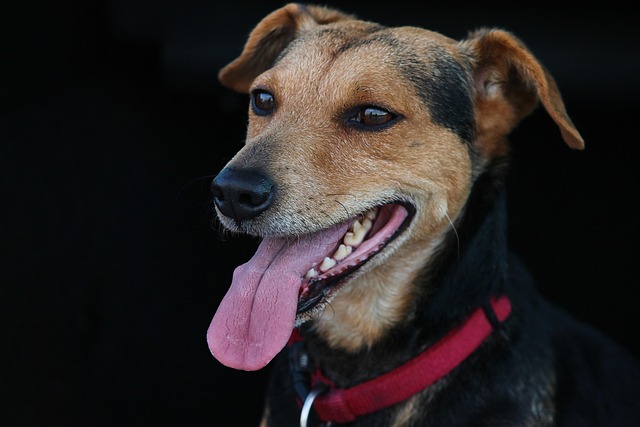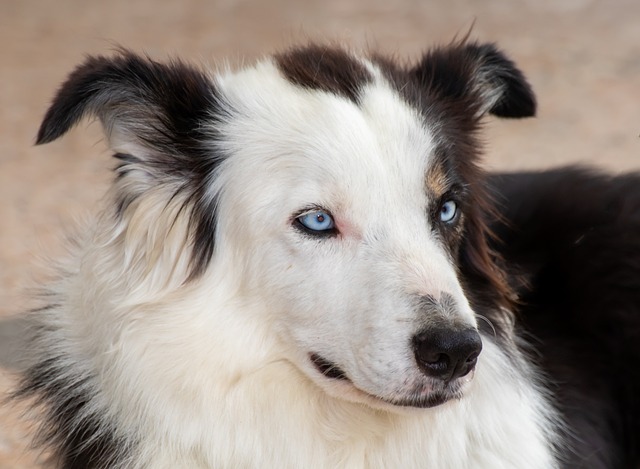
Is standing for a long time harmful to a dog's body
When we see dogs performing on their hind legs in circuses or street entertainers training dogs to stand for prolonged periods to beg,
When you see a dog that is usually lively and active suddenly become listless, with blood in its vomit and dark red or black stool, emitting a pungent fishy smell, the owner's heart is instantly filled with fear and worry. When a dog suffers from hemorrhagic gastroenteritis, the anxiety and heartache are beyond words. However, if you can master scientific home care methods and send the dog to the doctor in time, you can also provide strong support for the dog's recovery and accompany it through this difficult time.
Hemorrhagic gastroenteritis in dogs is a more serious disease, and its causes are complex and diverse. Common causes include improper diet, such as eating spoiled food by mistake, scratching the intestines with bones; infectious factors, such as invasion of bacteria, viruses, and parasites; and stress reactions, long-distance transportation, sudden changes in the environment, etc. can all cause it. In addition to vomiting and blood in the stool, sick dogs may also experience symptoms such as depression, loss of appetite, and dehydration. Once these abnormal behaviors are found in dogs, they must be taken seriously immediately, because if hemorrhagic gastroenteritis is not treated in time, it may cause severe dehydration, electrolyte imbalance, and even life-threatening.
As soon as you find that your dog is suspected of having hemorrhagic gastroenteritis, you should take measures to fast immediately. This is the first key step in home care. Fasting can give the dog's stomach and intestines a full rest and reduce irritation. Generally speaking, adult dogs need to fast for 24-48 hours, and puppies can fast for 12-24 hours due to their poor tolerance. However, during the fasting period, you must ensure that the dog can drink clean warm water at any time to avoid worsening dehydration. You can feed the dog a small amount of water with a spoon or syringe every once in a while. If the dog vomits, try to feed it after a short interval to prevent increasing the burden on the stomach and intestines.

In addition to fasting, closely observing the dog's physical condition is also a top priority. Record the dog's body temperature, mental state, and the number and amount of vomiting and bloody stools every once in a while. The normal body temperature of a dog is between 38℃ and 39℃. If the dog's body temperature rises or falls abnormally, it indicates that the condition is worsening. At the same time, carefully observe whether the dog's eyes are dry and whether the skin elasticity is reduced. These are important bases for judging whether the dog is dehydrated. Once the dog's spirit is becoming more and more depressed and the symptoms of dehydration are getting worse, it must be sent to the pet hospital without hesitation for professional diagnosis and treatment. Do not delay the condition due to blind confidence.
During the period before sending the dog to the hospital, if the dog's dehydration is not serious, you can try to replenish electrolytes for it at home. You can buy pet-specific electrolyte solutions, dilute them according to the instructions, and feed them to the dog in small amounts and multiple times. If there is no pet-specific electrolyte solution, you can also make simple rehydration salts by yourself. Use 1 teaspoon of salt and 2 teaspoons of sugar, add them to 1000 ml of warm boiled water and stir evenly, but this homemade rehydration salt cannot replace professional pet electrolyte solutions. When replenishing electrolytes for dogs, you must be patient and avoid forcibly gavage to prevent the dog from choking and causing other problems.
In addition to diet and hydration care, it is also very important to create a warm, quiet and comfortable resting environment for the dog. Place the dog on a warm mat to avoid lying directly on the cold floor to prevent the abdomen from getting cold and aggravating the condition. Try to reduce the noise and disturbance in the surrounding environment so that the dog can rest at ease. At the same time, the owner should give the dog more company and comfort, gently stroke its head and back, and talk to it in a gentle tone. Although dogs cannot express themselves in words, they can feel the care and love of their owners, and this emotional support also has a positive effect on their recovery.
When the dog's condition has improved and the doctor allows the dog to resume eating, the principle of gradual progress should also be followed. In the early stage, you can feed the dog some easily digestible liquid food, such as millet porridge and chicken paste. These foods can supplement nutrition without causing too much burden on the stomach and intestines. The amount of food should be fed from small to large, and observe whether the dog has vomiting, diarrhea and other discomfort reactions. If the dog can adapt, gradually transition to semi-liquid food, such as softened dog food, and finally return to normal diet. In the process of resuming diet, avoid feeding the dog greasy and irritating food, choose high-quality, easily digestible dog food, and strictly control the amount of food to prevent the stomach and intestines from being damaged again.
Caring for a dog with hemorrhagic gastroenteritis is a challenging "battle". In this process, the owner should not only use professional nursing knowledge, but also accompany the dog with full love and patience. Every careful observation, every gentle comfort, and every meticulous care are deep care for the dog. Watching the dog recover from weakness and regain its former vitality and cuteness through its own efforts, all the hard work and efforts become extremely worthwhile.

When we see dogs performing on their hind legs in circuses or street entertainers training dogs to stand for prolonged periods to beg,

When we prepare to greet the dog's warm greeting as usual, we find that the once bright and clear eyes have become red and swollen, and the dog keeps scratching with its claws, with a look of discomfort and helplessness in its eyes.

When you notice your beloved dog constantly scratching, biting itself, or see its once-smooth coat becoming red, swollen,

When you see your beloved dog constantly scratching or notice suspicious black specks in its smooth fur, it’s natural to feel concerned. Parasites are a common health issue for dogs,

When we look into the eyes of dogs, the originally bright and clear eyes suddenly show distressing red bloodshot, and even become swollen and secrete more.

At the moment when the door closes, there comes the heart wrenching barking of dogs inside the house, or when they come home and see a chewed sofa and scattered slippers,